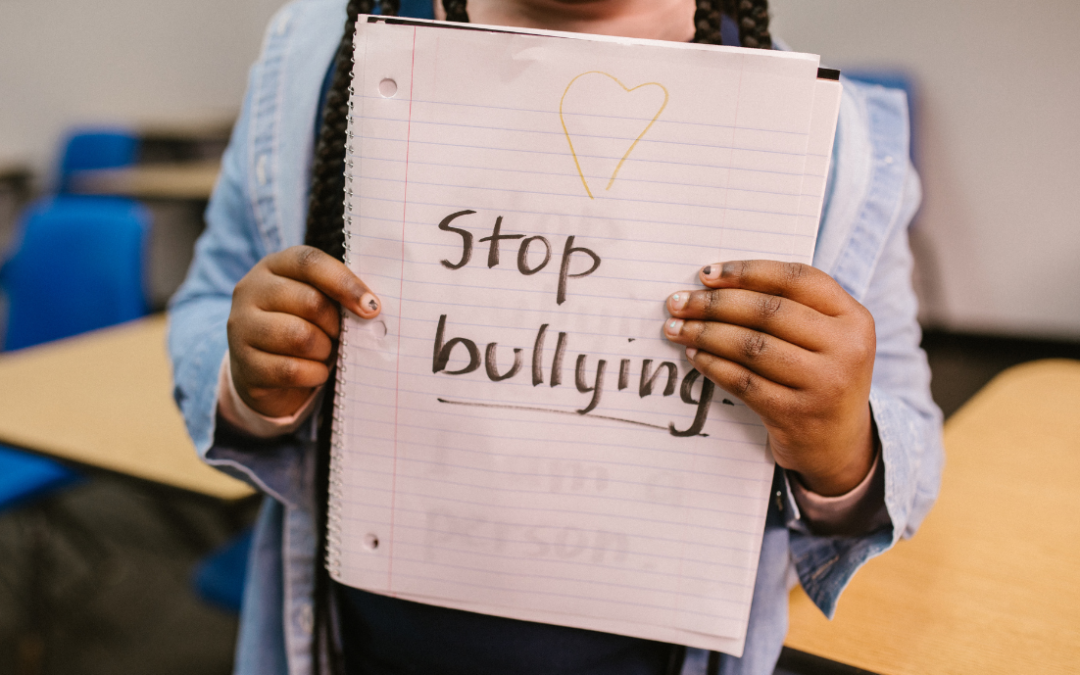Introduction
The Department of Basic Education in South Africa has unveiled plans to enact new legislation allowing minor school children to obtain protection orders against fellow minors, potentially resulting in jail time for the bully. This article critically examines the proposed changes and delves into the broader issue of bullying in South Africa, assessing whether legislative measures are the most effective means of tackling this pervasive problem.
The Severity of Bullying in South Africa
Bullying is not a new phenomenon in South Africa, affecting individuals in various stages of life. Despite its familiarity, the severity of bullying cannot be understated, encompassing physical, emotional, psychological, and other forms of abuse. In 2017, Minister of Basic Education Angie Motshekga reported that South African students were identified as the most bullied globally, according to an international assessment report commissioned by the Department of Basic Education. Subsequent years have witnessed little success in curbing widespread bullying, evident in the tragic instances of bullying-related suicides and violence. The systemic nature of the issue raises questions about the societal influences perpetuating this behavior.
Constitutional Framework and Legislative Landscape
The Constitution of the Republic of South Africa unequivocally condemns bullying, emphasizing the protection of individuals’ rights to equality, dignity, and freedom from violence. Children, in particular, are granted unique rights under Section 28, safeguarding them from maltreatment, neglect, abuse, and degradation, with paramount consideration given to their best interests. Despite having five legislative instruments aimed at protecting children, including the South African Schools Act, the Protection from Harassment Act, the Children’s Act, the Cyber Crime Act, and the Child Justice Act, these laws have failed to effectively address and eradicate bullying.
Proposed Legislative Changes
The Department announced plans to amend legislation, enabling child victims of bullying to seek protection orders against their aggressors. While seemingly a positive step, these changes present challenges. One key issue is the child’s capacity to act, assessing whether they possess the mental acuity to understand right from wrong. Additionally, administrative challenges may arise if minor children attempt to navigate the legal process without the assistance of an adult. The proposed changes must carefully balance the interests of both the victim and the bully, recognizing the potential harm of exposure to both bullying and the criminal justice system.
Conclusion
Bullying poses a significant threat to South African children, jeopardizing their psychological, emotional, and physical well-being. In light of recent tragic incidents, it is imperative for the State and society to take comprehensive measures to combat bullying. While the proposed legislative changes hold promise, a nuanced approach is required to navigate the complexities of competing interests. The examination of bullying must extend beyond legislation, encompassing societal attitudes, education, and support systems to create a safer environment for South Africa’s youth.
For any assistance, contact an attorney at SchoemanLaw.


Recent Comments